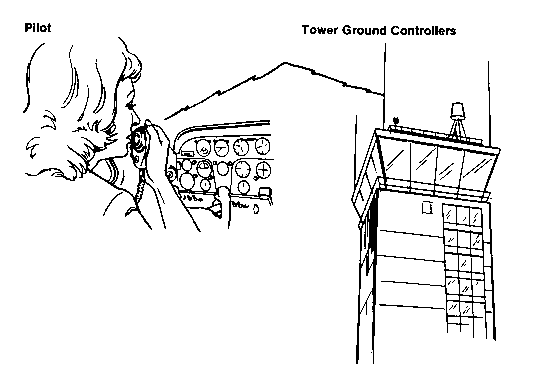 |
|||||
| Home | Research | For Teachers | HISTORY Level 1 Level 2 Level 3 |
PRINCIPLES Level 1 Level 2 Level 3 |
CAREER Level 1 Level 2 Level 3 |
| Gallery | Hot Links | What's New! | |||
| Web Administration and Tools | |||||
 |
|||||
| Home | Research | For Teachers | HISTORY Level 1 Level 2 Level 3 |
PRINCIPLES Level 1 Level 2 Level 3 |
CAREER Level 1 Level 2 Level 3 |
| Gallery | Hot Links | What's New! | |||
| Web Administration and Tools | |||||
![]()
At the end of this block of study, you should be able to:
![]() Understand the
basic instruments of flight which enable the pilot to
Understand the
basic instruments of flight which enable the pilot to
maintain straight and level flight, fly on a
determined course, maintain a
a safe distance above
the ground and navigate on the aerial highway system.
Very early in the science of flight there were no sophisticated flight instruments in the airplane to assist the pilot in navigating. One of the earliest attempts to aid pilots was the "Bonfire Airway System". At predetermined times, farmers and ranchers would build fires along a certain route. The pilot would then fly from fire to fire across the country. With the advent of an airmail system and passenger travel, the need for a better guidance system became urgent. A system of light beacons and emergency airfields was developed. Pilots could visually fly from one beacon to the another. By 1929, this system covered over 10,000 miles. By 1927, experiments had begun with radio beams between two points. The airplane was equipped with a receiver. By dialing in the frequency of the radio beam in the airplane, the pilot could navigate between two points. The success of this system resulted in the establishment of a low frequency airway system across the country. Flight instruments which assist a pilot in navigating are numerous and some are highly sophisticated.
The first four instruments - airspeed, altimeter, altitude indicator, turn and slip indicator, and the airplane's radio - are basic equipment used for VFR (visual flight rules) flying. In VFR flying, the pilot is not allowed to fly through clouds.
The next four instruments in the module - VOR, ILS, ADF, and DME - are used in addition to all of the above for basic IFR (instrument flight rules) flying. In IFR flying, or "instrument flying," as pilots refer to it, the pilot is allowed to fly through clouds and to make an instrument approach to an airport.
Most flying with passengers is done in IFR - even in good weather. Many pilots with private aircraft are also qualified to fly IFR.
The next instrument - the autopilot - merely helps the pilot fly. The last two - transponder and ELT - are required of every airplane.

Radio communications are a critical link in the Air Traffic Control System. The air traffic controllers must always know where each airplane is and what it is going to do. The pilot and ground controller talk to each other through the radio installation in the airplane and similar radio systems on the ground. There are ground radio sets in Control Towers at the airports and at stations throughout the air lanes. This is known as the Air Traffic Control System (ATC). All airliners and most business aircraft use this system for safe and efficient flight in the national airspace system.
The single most important thought in pilot/controller communications over the radio is clearly understanding each other.
The radio sets on the airplane instrument panel are designed to both send and receive on the same frequency. The airport controllers and air traffic controllers each have certain assigned frequencies to make it easy to set up communications between specific airplanes and ground control.
A standard phonetic alphabet has been designed to make sure both pilot and controller can clearly identify the numbers used. A copy of this alphabet is produced below.
A - ALPHA B - BRAVO C - CHARLIE D - DELTA E - ECHO F - FOXTROT
G - GOLF H - HOTEL I - INDIA J - JULIETT K - KILO L - LIMA
M - MIKE N - NOVEMBER O - OSCAR P - PAPA Q - QUEBEC R - ROMEO
S - SIERRA T - TANGO U - UNIFORM V - VICTOR W - WHISKEY X - XRAY
Y - YANKEE Z - ZULU
1 - ONE 2 - TWO 3 - THREE 4 - FOUR 5 - FIVE 6 -SIX
7- SEVEN 8 - EIGHT 9 - NINER 0 - ZERO
Example: "Tower, this is YANKEE ZULU ONE NINER NINER TANGO (YZ199T), ready for take off".
"Roger, YANKEE ZULU ONE NINER NINER TANGO. Proceed on runway ONE NINER RIGHT (19 RIGHT)."
Send all comments to ![]() aeromaster@eng.fiu.edu
aeromaster@eng.fiu.edu
© 1995-98 ALLSTAR Network. All rights reserved worldwide.
Updated: February 23, 1999